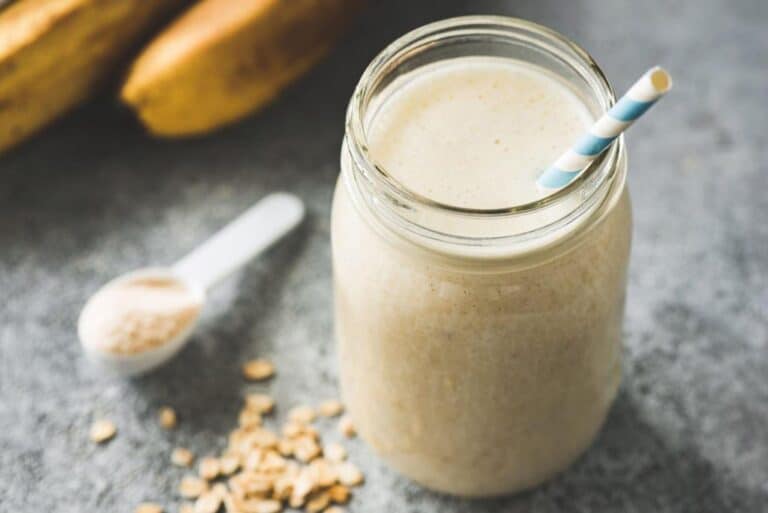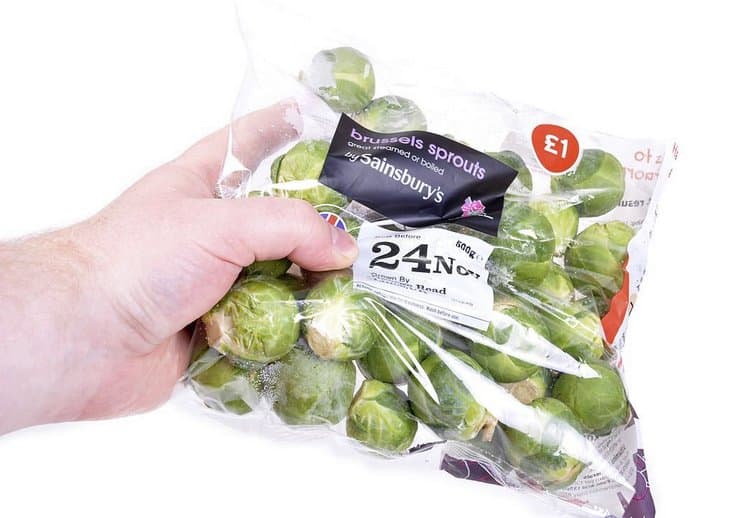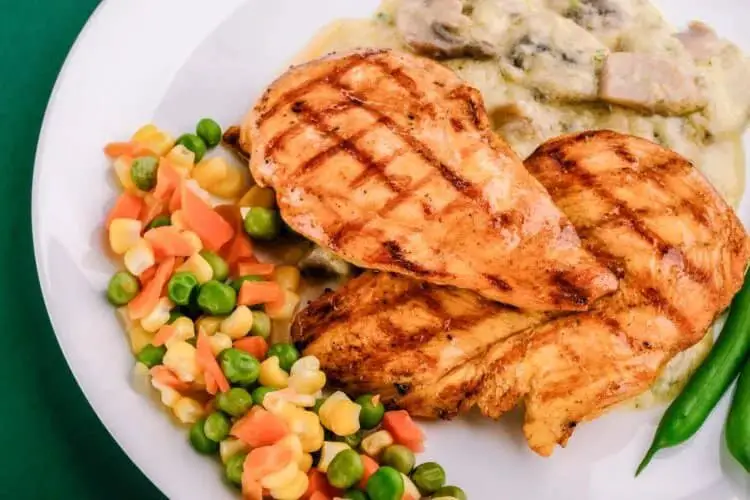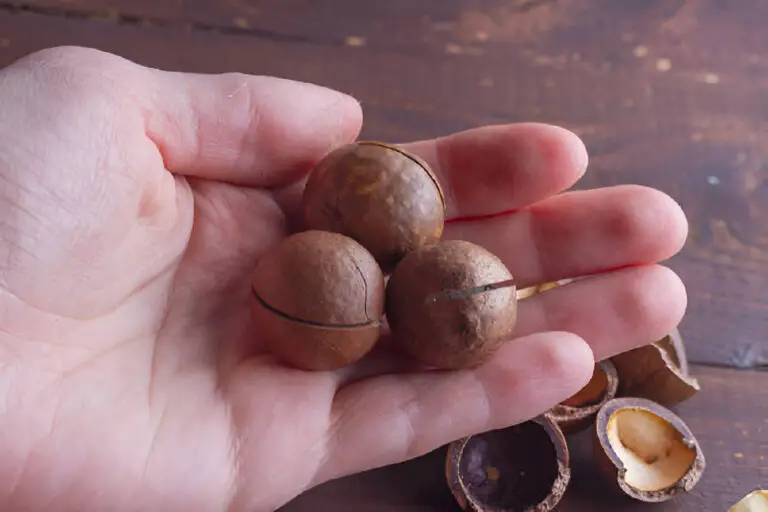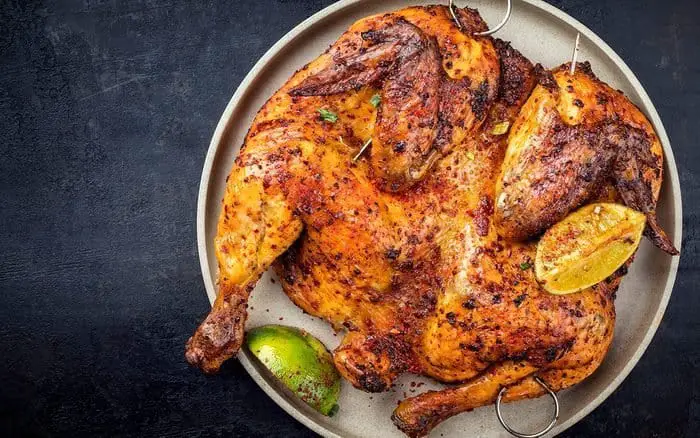Are Rhubarb Leaves Poisonous? What Happens if You Eat Rhubarb Leaves?
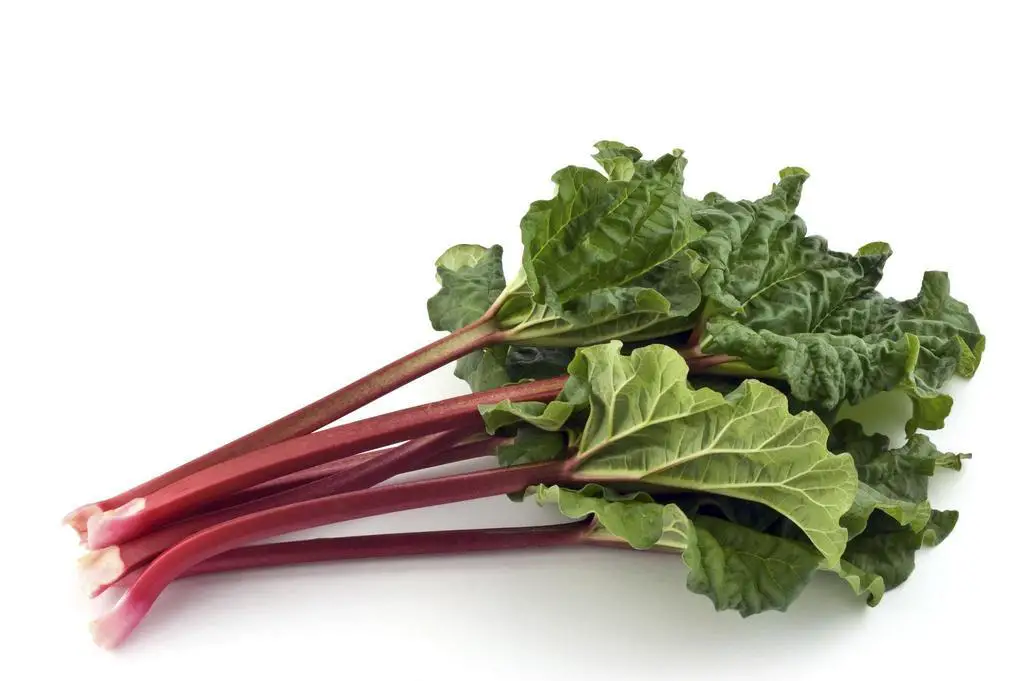
Rhubarb is a delicious and versatile vegetable that can be used in a variety of dishes, from pies and jams to savory sauces and stews. However, there is one question that many people have when it comes to this vegetable: are rhubarb leaves poisonous? The answer is yes. In fact, rhubarb leaves contain a toxic compound called oxalic acid, which can be harmful if ingested in large quantities.
But what exactly happens if you eat rhubarb leaves? The symptoms of oxalic acid poisoning can include abdominal pain, nausea, vomiting, and even kidney damage in severe cases.
This is why it is crucial to always remove the leaves from rhubarb stalks before cooking or eating the vegetable. While the stalks themselves are safe to eat in moderation, consuming rhubarb leaves can be extremely dangerous and should be avoided at all costs.
In this article, we’ll take a closer look at why rhubarb leaves are poisonous, the symptoms of oxalic acid poisoning, and what you should do if you or someone you know has accidentally consumed rhubarb leaves.
So, whether you’re a seasoned rhubarb fan or a curious newcom
Rhubarb Overview: What You Need to Know
Rhubarb is a perennial plant that is commonly grown for its edible stalks, which are used in cooking and baking. The plant has large, triangular leaves that are often mistaken for spinach or chard.
Rhubarb is native to Asia, but it has been cultivated in Europe since the 18th century and is now widely grown in the United States, Canada, and other parts of the world.
Rhubarb is typically harvested in the spring and early summer, and the stalks are usually sold in bunches at farmers’ markets and grocery stores. The stalks can range in color from green to bright red, depending on the variety of the plant. The red stalks are usually sweeter and more tender than the green ones, but both can be used in cooking.
This tart, tangy vegetable is a springtime favorite in many households. But while the bright red stalks are a delicious addition to pies, jams, and other treats, it’s important to remember that the leaves are highly toxic. But what exactly makes rhubarb leaves so dangerous?
In addition to its culinary uses, rhubarb has also been used for medicinal purposes for centuries. The plant has a lot of fiber, vitamins, and minerals like calcium, potassium, and magnesium. It also has a lot of antioxidants.
Rhubarb has been used to treat digestive problems, high blood pressure, and other health issues, although more research is needed to fully understand its potential benefits. Overall, rhubarb is a versatile plant with a unique flavor and many potential uses in the kitchen and beyond.
What Makes Rhubarb Leaves Poisonous?
The answer lies in a compound called oxalic acid. This chemical is found in many plants, including spinach and beets, but it’s especially concentrated in rhubarb leaves.
Although other plants contain oxalic acid in small amounts, rhubarb leaves contain a higher concentration of it. Rhubarb stalks are safe to eat both raw and cooked, as they do not contain any poisons
When ingested, oxalic acid can bind with calcium in the body to form calcium oxalate crystals. After that, these crystals can build up in the kidneys, which can cause kidney stones or even kidney failure.
But that’s not all. Oxalic acid can also interfere with the body’s absorption of essential nutrients like calcium, magnesium, and iron. This can lead to deficiencies and a range of health problems, from weakened bones to anemia.
What Happens if You Eat Rhubarb Leaves?
If you consume a small amount of rhubarb leaves, you may or may not experience symptoms such as nausea, vomiting, and diarrhea. These symptoms typically appear within a few hours of ingestion and usually go away on their own within a day or two.
However, if you eat a large amount of rhubarb leaves, you may experience more severe symptoms, such as difficulty breathing, seizures, and kidney failure. In extreme cases, consuming large amounts of rhubarb leaves can even be fatal.
So, what should you do if you accidentally ingest rhubarb leaves? First and foremost, seek medical attention immediately. You might feel sick, throw up, experience stomach pain, have seizures, or even fall into a coma if you consume too much oxalic acid.
While it’s unlikely that you’ll suffer serious harm from a small amount of rhubarb leaves, it’s always better to err on the side of caution when it comes to your health.
WARNING
To avoid the potentially harmful effects of rhubarb leaves, it’s important to only consume the stalks of the plant. If you accidentally ingest some leaves, it’s important to seek medical attention right away.
Your doctor can help determine the best course of treatment based on the severity of your symptoms. Additionally, it’s important to handle rhubarb leaves with care, as they can cause skin irritation in some people. Always wear gloves when handling rhubarb leaves and dispose of them properly to avoid accidental ingestion by pets or children.
Are Rhubarb Leaves Poisonous for Animals?
Generally, rhubarb leaves are toxic to both humans and animals. For pets, such as dogs, consuming rhubarb leaves can cause serious health problems.
Dogs cannot eat rhubarb due to the oxalic acid in the plant, which triggers a reaction in canines and makes rhubarb poisonous. Oxalic acid is a compound found in several foods, including spinach, beets, and rhubarb. In humans, oxalic acid can cause kidney stones when consumed in large amounts.
In dogs, the effects of oxalic acid are much more severe and can lead to kidney failure, gastrointestinal issues, and other serious health problems.
All parts of the rhubarb plant, including the stalks and leaves, contain oxalic acid. This means that both the stalks and leaves are hazardous to dogs. Even a small amount of rhubarb leaves can cause severe symptoms in dogs, including vomiting, diarrhea, and abdominal pain. If left untreated, these symptoms can progress to kidney failure and even death.
It is important for pet owners to be aware of the dangers of rhubarb leaves and to take the necessary precautions to prevent their pets from accessing the plant. This includes ensuring that rhubarb plants are kept out of reach of pets and promptly disposing of any rhubarb leaves or stalks.
If you think your pet might have eaten rhubarb, you should take them to the vet right away to avoid more problems.
How Do You Eat Rhubarb Safely?
Rhubarb is a delicious and versatile vegetable that can be used in a wide range of dishes, from sweet to savory. But, how can you enjoy rhubarb safely?
- First and foremost, always purchase rhubarb from a reputable source. If you’re growing your own, make sure to carefully trim off the leaves before using the stalks. When selecting rhubarb, look for firm, brightly colored stalks without any signs of wilting or damage.
- Before using rhubarb in a recipe, be sure to wash it thoroughly to remove any dirt or debris. Once you’ve washed the stalks, trim off the ends and any tough, stringy bits. From there, you can chop the rhubarb into small pieces for use in pies, jams, or other dishes.
- When cooking with rhubarb, remember that it’s very tart and requires a lot of sugar to balance out the flavor. When using rhubarb in a pie, for example, you may need to add several cups of sugar to offset the sourness.
- Take note that rhubarb should be cooked thoroughly, as the high levels of oxalic acid can cause digestive issues if consumed raw. With these tips in mind, you can safely enjoy the delicious taste and versatility of rhubarb in all your favorite dishes.
What’s the Difference Between Red and Green Rhubarb?
When it comes to fruits and vegetables, color can be an important indicator of flavor, texture, and nutritional value. This is certainly true for general fruit and vegetables, but what’s the difference between red and green varieties?
Red rhubarb has a deep red color that extends through the stalk and into the leaves. This is due to the presence of anthocyanins, which are natural pigments that give red fruits and vegetables their color.
Red rhubarb is often considered to be sweeter than green rhubarb, and it also has a slightly softer texture. This is because red rhubarb tends to have a higher sugar content, which can help balance out the tartness of the vegetable.
Green rhubarb, on the other hand, has a lighter color and a slightly tougher texture. This is because green rhubarb contains less sugar and more of the plant compound oxalic acid. Oxalic acid is what gives rhubarb its tart taste, and it is also responsible for the slightly astringent texture of green rhubarb.
Despite these differences, green rhubarb is still a great choice for cooking and baking, and its tart flavor can add a delicious tang to a variety of dishes.
How to Incorporate Rhubarb into Your Diet?
One of the easiest ways to incorporate rhubarb into your diet is to use it in baking. Rhubarb makes a delicious addition to cakes, muffins, and pies, and its tart flavor pairs well with sweet fruits like strawberries and raspberries.
You can also try adding rhubarb to your morning oatmeal or yogurt for a healthy and flavorful breakfast.
Another way to incorporate rhubarb into your diet is to use it in sauces and chutneys. Rhubarb can be simmered with sugar and spices to make a tangy, sweet sauce that pairs well with roasted meats or grilled vegetables. Rhubarb chutney can also be used as a condiment for sandwiches or burgers, or served as a dip with crackers or pita chips.
If you’re looking for a healthier way to enjoy rhubarb, try incorporating it into a salad or stir-fry. Thinly sliced rhubarb adds a refreshing crunch to salads, and its tart flavor pairs well with other veggies like cucumber, bell pepper, and avocado.
Rhubarb can also be added to stir-fry dishes, where it can be quickly cooked with other vegetables and protein sources like chicken or tofu. With so many delicious and healthy ways to enjoy rhubarb, it’s easy to incorporate this versatile vegetable into your daily diet.

